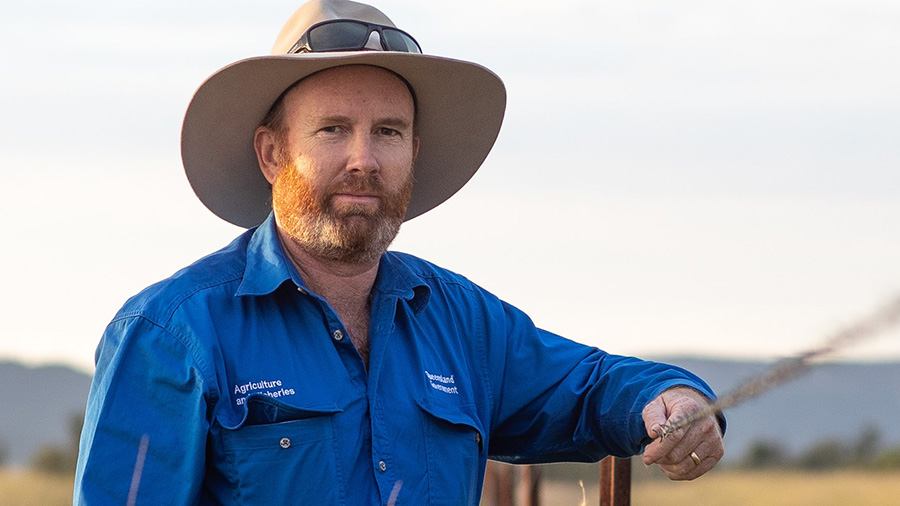It's been lauded as a wonder plant for tropical and subtropical beef production and there is good reason why leucaena has earned this tag. It has the ability to double beef production from the same area of land by increasing stocking rates and liveweight gain.
Yet the use of leucaena is not as widespread as it could be according to Stuart Buck, whose passion is for the plant and what it can do. He's keen for more livestock producers to take another look at the plant and see the benefits of a high-protein, perennial, tough plant as a means of increasing business resilience, especially during drier times.
When implemented correctly, it has the ability to double beef production from the same area of land by increasing stocking rates and liveweight gain.
It was a soft start for the forage legume in Australia, which was first released as a perennial cattle forage in the early 1960s. Those who brought it in could see its potential but it took another three decades - into the 1990s - before it was taken seriously as a fodder choice. For Stuart, the benefits far outweigh any kind of limitations around the perennial plant, yet he feels some things have stood in the way of broader adoption.





